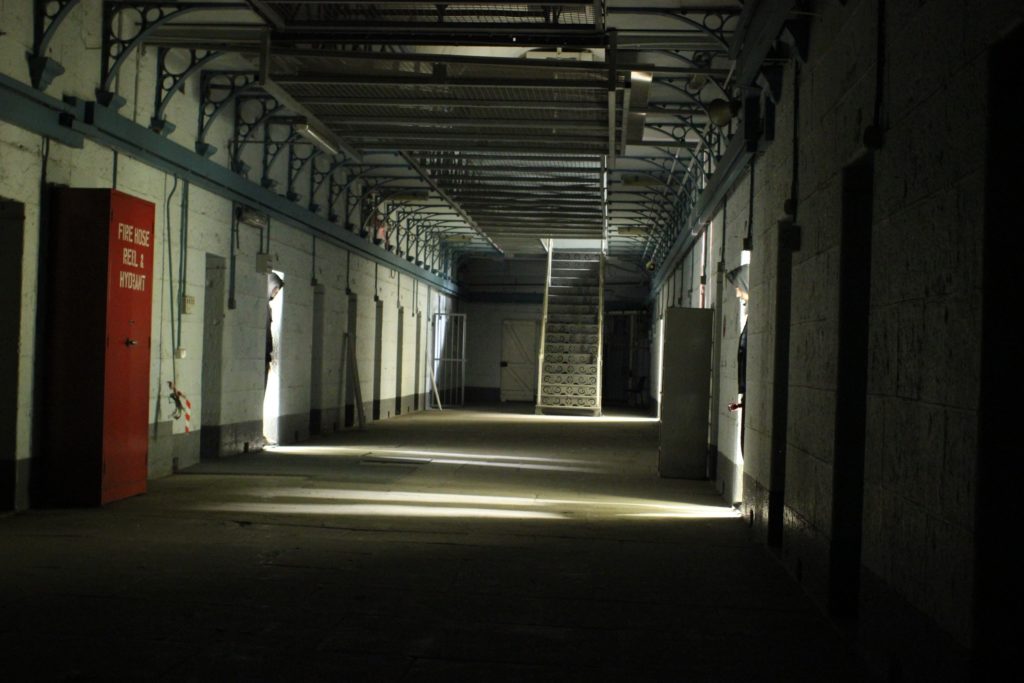The old model of our country’s penal system put heavy emphasis on punishment. Newer models of this system claim to place a greater importance on rehabilitation, yet they often fall short of achieving this goal. While swift justice and fair punishment are necessary and important for those who commit crimes, oftentimes, the punishment actually further disrupts the individual’s life and predisposes them to commit another crime.
A prime example of this phenomenon is seen with drug abusers. Many drug abusers fall into their habit of abuse due to stress and dysfunction in their environment. Their drug of choice provides them with temporary respite from a harsh reality. When a person who abuses drugs in an effort to mend their broken environment is arrested and convicted of a drug-related crime, their environment becomes exponentially worse. Now, this person falls deeper into the hole that they were trying to crawl out of. The stress of prison, a criminal record and difficulty finding a job practically ensure that this individual will fall back into a pattern of abuse following their release from prison.
The cycle of recidivism and reoffending is fueled by the harshness of our penal system. Considering this, it makes sense for our criminal justice system to shift its focus to rehabilitation for both violent and nonviolent criminals. One such method of increasing the potential for rehabilitation of inmates in prisons has been pioneered by the Bard Prison Initiative, which aims to enroll inmates in college-level courses while they serve their time. The program’s effectiveness is undeniable: Recidivism rates of those who complete the program is only 2 percent. This percentage stands in stark contrast with the recidivism rates of inmates not enrolled in a prison initiative program, which reaches as high as 76 percent.
Despite the clear benefits to this program, state and federal funds were cut off more than 15 years ago – it now operates solely on philanthropic donations from private individuals. Since public interest for these types of college prison programs is high, a private university like Northeastern has a great opportunity to bolster its leadership role in our community by developing its own prison initiative program for prisons in Massachusetts. By doing so, the university would not only benefit our community by allowing inmates a chance at rejoining our society, but would also establish the university as a leader in creating change in our broken criminal justice system.
The Northeastern Empower campaign is built upon the premise of “people empowering people.” What better opportunity is there for faculty of this school to empower others to lead better and more fulfilled lives? Without the Bard Prison Initiative, inmates who came from broken environments will likely fall right back into them following their release from prison. From there, they are predisposed to return to a life of crime and ultimately end up in prison once again. It’s time to help break the cycle of recidivism by improving the rehabilitation environment that our justice system strives for.
– Greg Levine is a Northeastern student and a founding member of the Northeastern Prison Initiative.
Photo courtesy Wikimedia Commons









